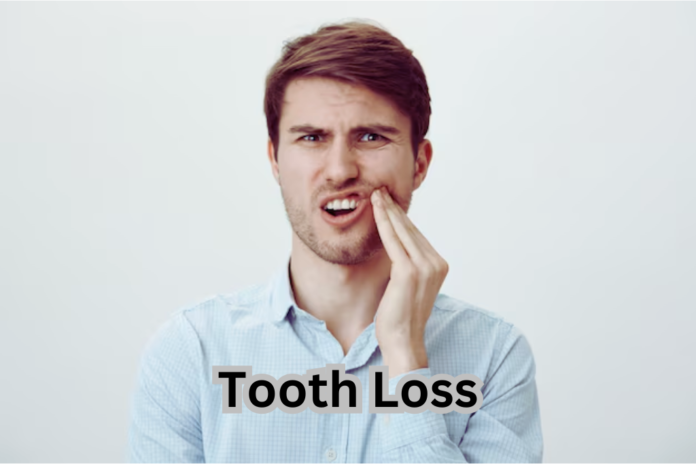Tooth loss is a common experience that affects countless individuals, leading to both physical and emotional challenges. This journey from an initial wobble to the eventual absence of a tooth involves various stages, each with its own set of impacts and solutions. Understanding these stages can help individuals navigate the experience with greater ease and confidence.
The Stages of Tooth Loss
Early Signs and Symptoms
The process of tooth loss often begins with subtle signs, such as slight movement or discomfort. These early symptoms can be overlooked, especially if they are not accompanied by pain. However, they are critical indicators that should prompt individuals to seek dental advice. Addressing these signs early can sometimes prevent further deterioration.
Progression to Instability
As the condition progresses, the affected tooth may become increasingly unstable. This can result in more noticeable movement, discomfort while eating, and heightened sensitivity. During this stage, individuals may start to experience emotional distress due to the visible changes in their smile and the physical discomfort.
Final Stage: Tooth Loss
Ultimately, if the underlying issues are not addressed, the tooth may become too loose to remain in place, leading to its loss. This stage is often accompanied by a mix of relief from discomfort and anxiety about the changes to one’s appearance and the potential impact on overall oral health.
Emotional and Physical Impacts of Tooth Loss
Psychological Effects
The emotional toll of tooth loss can be significant. Many individuals report feelings of embarrassment and self-consciousness, which may affect their social interactions and self-esteem. The fear of judgment or being perceived differently can lead to social withdrawal and impact mental well-being.
Physical Consequences
Beyond the emotional effects, tooth loss can have substantial physical implications. It can alter the alignment of surrounding teeth, leading to bite issues and further dental complications. Additionally, the absence of a tooth can affect speech and chewing ability, impacting daily life.
Solutions and Treatments
Exploring Dental Implants
One of the most effective solutions for tooth loss is the use of dental implants. These artificial tooth roots provide a stable foundation for replacement teeth that look, feel, and function like natural teeth. Dental implants can restore confidence and improve oral health by preserving the jawbone’s structure and preventing the shifting of remaining teeth.
Consulting with Professionals
Seeking the expertise of a dentist specializing in implant dentistry in Long Beach can provide individuals with tailored solutions to address their specific needs. These specialists can assess each case, recommend appropriate treatments, and guide patients through the process of restoring their smiles.
Other Treatment Options
Apart from dental implants, there are other options such as dentures and bridges. While these solutions may not offer the same level of stability and natural appearance as implants, they can be suitable alternatives depending on the individual’s circumstances and preferences.
Embracing Change and Moving Forward
Tooth loss, while challenging, is not the end of the road. With modern advancements in dental care, individuals have access to a variety of solutions that can restore both function and aesthetics. Embracing these changes and seeking professional help can lead to renewed confidence and improved quality of life.
Moving forward, it is essential to maintain good oral hygiene practices and regular dental check-ups to prevent further dental issues. By doing so, individuals can enjoy a healthy, vibrant smile for years to come.
In conclusion, understanding the tooth loss experience and the available solutions empowers individuals to face this challenge head-on. With the support of dental professionals and the right treatments, the journey from wobbly to gone can be navigated successfully, paving the way for a healthier, happier smile.

